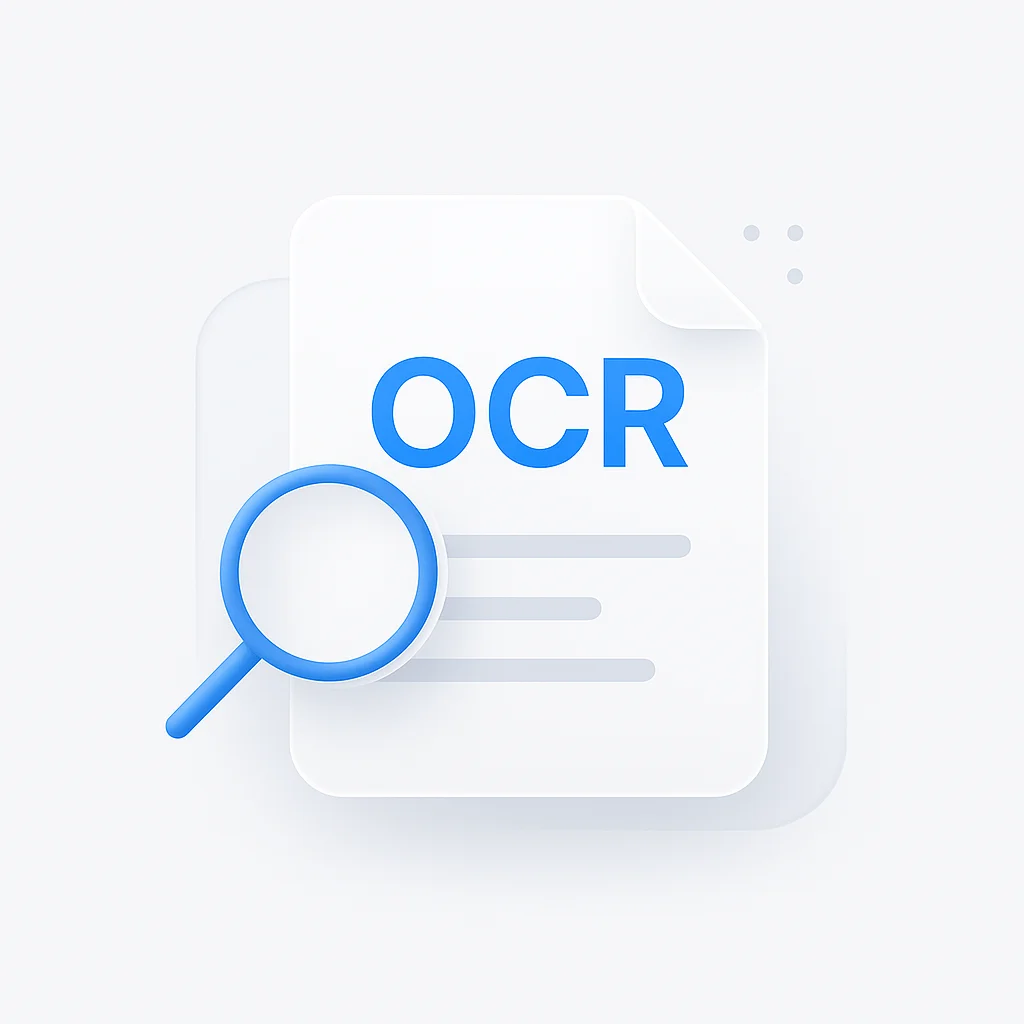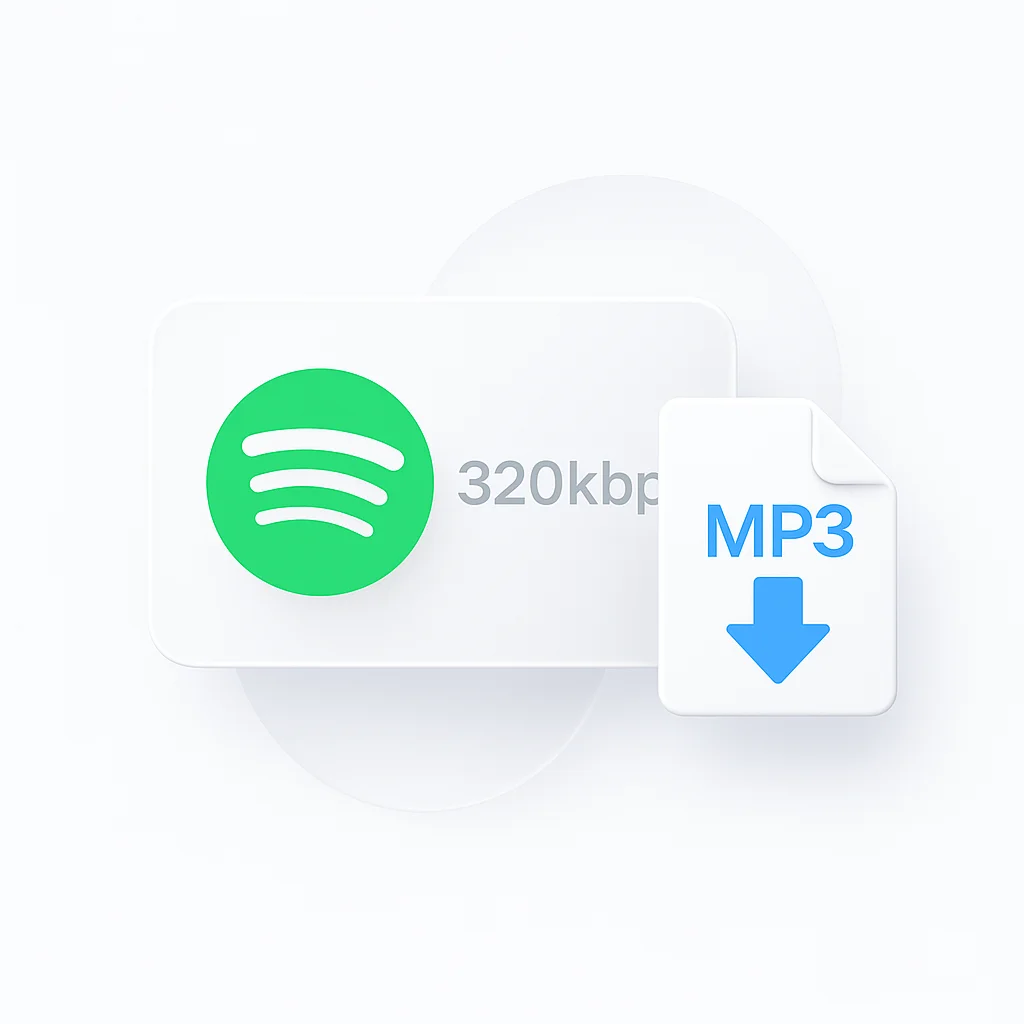Transformez les images en texte en quelques secondes
Arrêtez de taper manuellement. Ces 11 outils OCR gratuits convertissent instantanément les documents numérisés, les images et les PDF en texte modifiable. Parfait pour les étudiants, les professionnels et tous ceux qui sont submergés de paperasse.
Dites adieu aux heures de frappe manuelle. En 2025, les outils OCR gratuits ont révolutionné la gestion des documents, permettant de convertir n’importe quelle image ou document numérisé en texte modifiable en quelques secondes. Que vous numérisiez des notes manuscrites, extraiez du texte de PDF ou convertissiez des captures d’écran en contenu consultable, ces outils éliminent la tâche fastidieuse de la transcription manuelle.
Ce guide complet passe en revue les 11 meilleurs outils OCR gratuits disponibles aujourd’hui, avec des comparaisons détaillées de la précision, des fonctionnalités et de la facilité d’utilisation. Nous avons testé chaque plateforme pour vous aider à trouver la solution idéale pour vos besoins spécifiques.
Qu’est-ce que la technologie OCR ?
La reconnaissance optique de caractères (OCR) est une technologie transformatrice qui convertit les documents numérisés, les fichiers PDF et les images en texte modifiable et consultable. Au lieu de taper manuellement le contenu de documents physiques, les outils OCR reconnaissent automatiquement les caractères imprimés et les transforment en texte numérique.
Comment fonctionne l’OCR
La technologie OCR suit un processus en trois étapes :
- Prétraitement : L’image est nettoyée et préparée pour la reconnaissance (suppression du bruit, correction de l’inclinaison, segmentation)
- Reconnaissance des caractères : Chaque caractère est identifié et comparé à la base de données du logiciel
- Post-traitement : Vérification et correction des erreurs à l’aide du contexte pour améliorer la précision
Pourquoi la qualité de l’OCR varie
Différents outils OCR utilisent des algorithmes et des technologies différents. Les outils alimentés par l’apprentissage automatique et l’IA offrent généralement une plus grande précision, en particulier avec les entrées difficiles comme le texte manuscrit ou les mises en page complexes.
Avantages clés des outils OCR gratuits
⚡ Gain de temps
Convertissez des heures de frappe manuelle en secondes d'extraction de texte automatisée. Parfait pour les étudiants qui numérisent leurs notes de cours ou les professionnels qui traitent des documents.
💰 Rentabilité
Accédez à de puissantes capacités OCR sans licences logicielles coûteuses. Ces outils gratuits offrent une reconnaissance de texte de qualité professionnelle à coût nul.
🌐 Prise en charge multilingue
De nombreux outils OCR gratuits prennent en charge des dizaines de langues, ce qui les rend idéaux pour les documents internationaux, les documents de recherche et le contenu multilingue.
📱 Accessibilité
Convertissez le texte imprimé en format numérique pour les lecteurs d'écran, rendant ainsi le contenu accessible aux utilisateurs malvoyants et soutenant la conception inclusive.
Facteurs à prendre en compte lors du choix d’outils OCR
Lors de la sélection de l’outil OCR adapté à vos besoins, tenez compte de ces facteurs essentiels :
- Précision : La capacité de l’outil à reconnaître correctement les caractères des documents numérisés. Des informations générales sur les facteurs qui déterminent la précision sont présentées dans les bases de la reconnaissance de caractères
- Vitesse : Temps de traitement, particulièrement important pour les volumes importants de documents
- Prise en charge linguistique : Nombre de langues que l’outil peut reconnaître avec précision
- Compatibilité des formats de fichiers : Formats d’entrée (PDF, JPG, PNG) et formats de sortie (Word, Excel, Text)
- Facilité d’utilisation : Interface conviviale nécessitant un minimum de connaissances techniques
- Fonctionnalités supplémentaires : Traitement par lots, accès API, préservation de la mise en page et capacités d’intégration
Comparaison rapide : Les 11 meilleurs outils OCR gratuits
| Outil | Langues | Idéal pour | Limite gratuite | Évaluation |
|---|---|---|---|---|
|
OCR de Google Drive
Le plus populaire
|
Plus de 100 | Utilisateurs Google, documents simples | Illimité | ★★★★★ |
|
OnlineOCR.net
Spécialiste des pages multiples
|
Plus de 46 | Documents de plusieurs pages | 15/heure | ★★★★☆ |
|
OCR en ligne gratuit
Préservation de la mise en page
|
Plus de 46 | Préservation de la mise en page | Limité | ★★★★☆ |
|
OCR.space
Convivial pour les développeurs
|
Plus de 25 | Développeurs, API | 25 pages | ★★★★☆ |
|
ABBYY FineReader
La plus haute précision
|
193 | Haute précision | Pages limitées | ★★★★★ |
|
NewOCR.com
Champion linguistique
|
Plus de 110 | Plusieurs langues | Illimité | ★★★☆☆ |
|
Cardscanner.co
Suites d’outils OCR
|
Plus de 100 | Formats d’images multiples | Limitée | ★★★★☆ |
|
Convertio OCR
Polyvalence des formats
|
Plus de 90 | Formats multiples | 10 pages/jour | ★★★★☆ |
|
i2OCR
Simple et rapide
|
Plus de 60 | Interface simple | Illimité | ★★★☆☆ |
|
LightPDF OCR
Suite PDF
|
Anglais uniquement | Suite d’édition PDF | 2 tâches/jour | ★★★☆☆ |
|
Adobe OCR
Qualité professionnelle
|
Anglais | Écosystème Adobe | Limitée | ★★★★☆ |
Top 10 des outils OCR gratuits : Examens détaillés
OCR de Google Drive
S'intègre de manière transparente à la suite de productivité de Google pour une extraction automatique du texte
Pourquoi il se démarque : L'OCR de Google Drive s'intègre de manière transparente à la suite de productivité de Google, vous permettant de convertir des images et des PDF directement dans Google Docs. Téléchargez simplement votre fichier sur Google Drive et ouvrez-le avec Google Docs pour une extraction automatique du texte.
Avantages
- • Intégré à Google Docs et Google Sheets
- • Prend en charge plus de 100 langues
- • Excellent pour les documents de texte simples
- • Entièrement gratuit avec un compte Google
- • Maintient la mise en page du document
Inconvénients
- • Difficile avec les mises en page complexes
- • Peut perdre la mise en forme pendant la conversion
- • Problèmes de confidentialité avec les données sensibles
- • Précision limitée avec les images de mauvaise qualité
Idéal pour
Les étudiants, les éducateurs et toute personne utilisant déjà l'écosystème Google qui a besoin de convertir des documents simples.
OnlineOCR.net
Service complet basé sur le Web qui excelle dans la gestion des documents de plusieurs pages
Pourquoi il se démarque : OnlineOCR.net est un service complet basé sur le Web qui excelle dans la gestion des documents de plusieurs pages et prend en charge plus de 46 langues. Il peut convertir des documents numérisés aux formats Word, Excel et Text.
Avantages
- • Prend en charge plus de 46 langues
- • Formats de sortie multiples (Word, Excel, Text)
- • Gère les documents de plusieurs pages
- • Aucune installation de logiciel requise
- • Bonne vitesse de traitement
Inconvénients
- • La version gratuite est limitée à 15 conversions/heure
- • Interface utilisateur obsolète
- • Nécessite un compte pour les fonctionnalités avancées
- • Peut être difficile avec les mises en page complexes
Idéal pour
Les pigistes, les chercheurs et les étudiants qui travaillent avec des documents multilingues et des textes plus longs.
OCR en ligne gratuit
Se spécialise dans le maintien de la mise en page et du formatage d'origine pendant la conversion
Pourquoi il se démarque : OCR en ligne gratuit se spécialise dans le maintien de la mise en page et du formatage d'origine pendant la conversion. Il prend en charge une large gamme de formats d'entrée et ne nécessite pas d'inscription pour une utilisation de base.
Avantages
- • Préserve la mise en page et le formatage d'origine
- • Prend en charge plus de 46 langues
- • Aucune inscription requise
- • Prise en charge de plusieurs formats d'entrée
- • Interface propre et conviviale
Inconvénients
- • Conversions limitées dans la version gratuite
- • Précision variable avec les numérisations de mauvaise qualité
- • Aucun traitement par lots dans la version gratuite
- • Traitement plus lent pour les documents complexes
Idéal pour
Les utilisateurs qui ont besoin de maintenir la mise en forme des documents et de travailler avec différents types de fichiers.
OCR.space
OCR de haute précision avec accès API pour les développeurs






